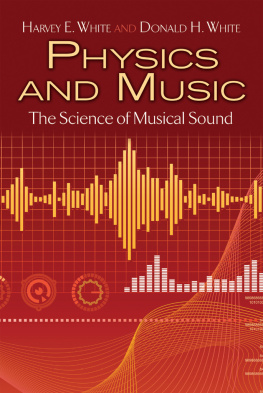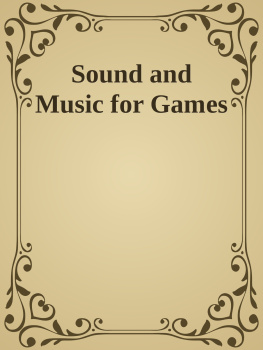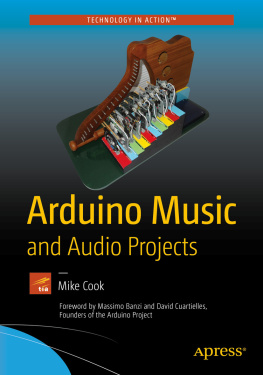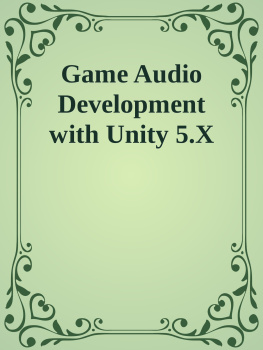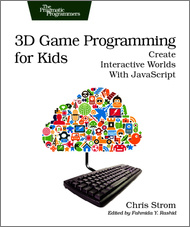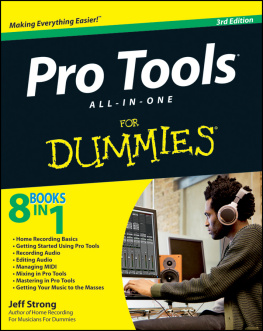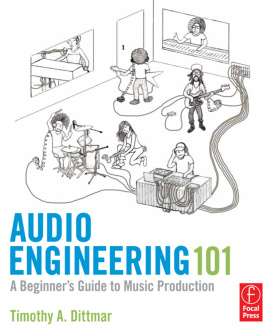Contents
Guide
Page List
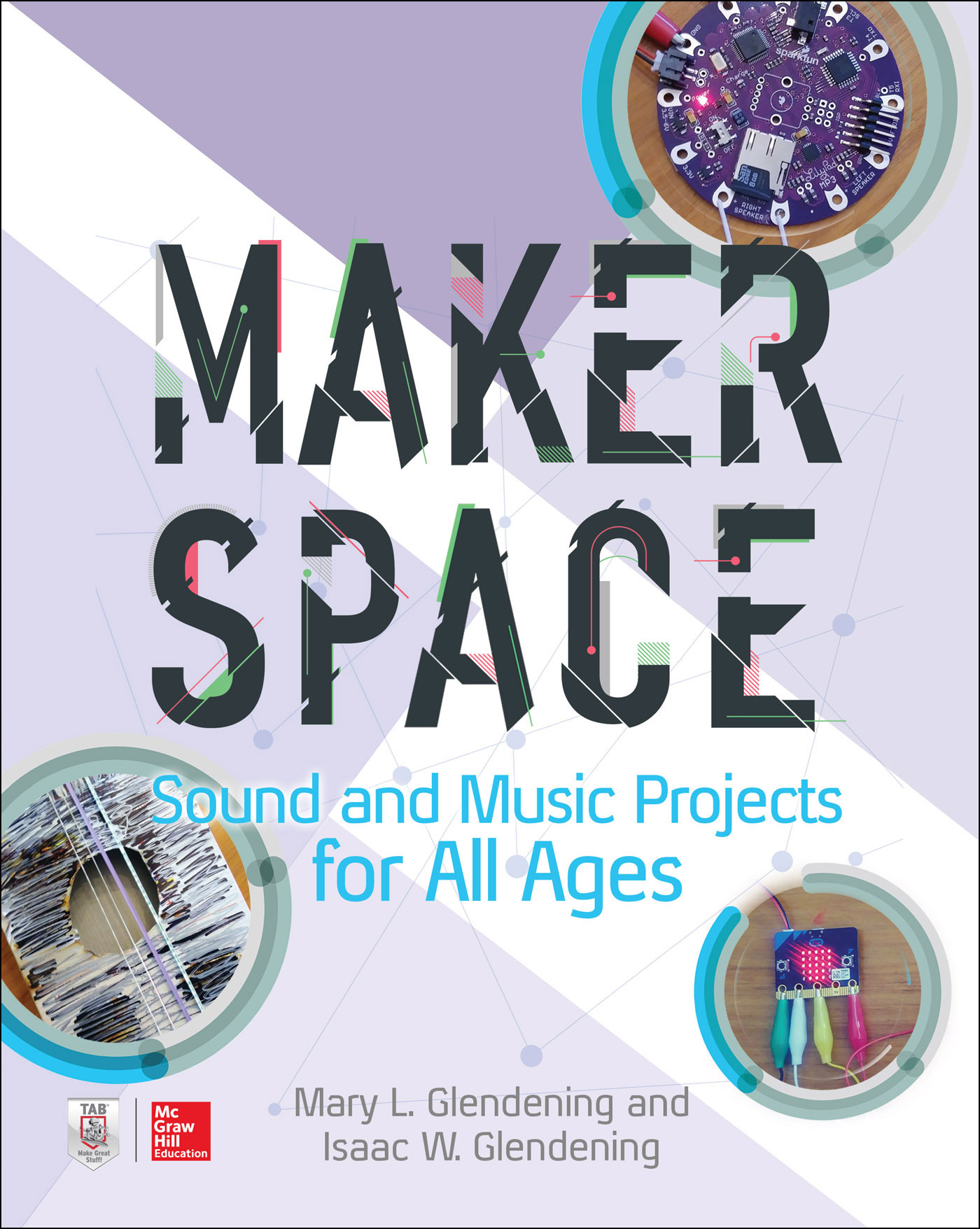
About the Authors
Mary L. Glendening is the Director of the Middletown Free Library in Media, Pennsylvania. She has been running maker programs at the library for several years. Mary is the author of From Video Games to Real Life: Tapping into Minecraft to Inspire Creativity and Learning in the Library.
Isaac W. Glendening is one-half of the band Cesium 137. He is a professional audio engineer and owner of Subversive Sound Studio. Isaac introduces kids and teens to the wonders of audio through iPad apps, soft synths, and littleBits.

Copyright 2018 by McGraw-Hill Education. All rights reserved. Except as permitted under the United States Copyright Act of 1976, no part of this publication may be reproduced or distributed in any form or by any means, or stored in a data base or retrieval system, without the prior written permission of the publisher.
ISBN: 978-1-26-002708-2
MHID: 1-26-002708-2
The material in this eBook also appears in the print version of this title: ISBN: 978-1-26-002707-5, MHID: 1-26-002707-4.
eBook conversion by codeMantra
Version 1.0
All trademarks are trademarks of their respective owners. Rather than put a trademark symbol after every occurrence of a trademarked name, we use names in an editorial fashion only, and to the benefit of the trademark owner, with no intention of infringement of the trademark. Where such designations appear in this book, they have been printed with initial caps.
McGraw-Hill Education eBooks are available at special quantity discounts to use as premiums and sales promotions or for use in corporate training programs. To contact a representative, please visit the Contact Us page at www.mhprofessional.com.
Information contained in this work has been obtained by McGraw-Hill Education from sources believed to be reliable. However, neither McGraw-Hill Education nor its authors guarantee the accuracy or completeness of any information published herein, and neither McGraw-Hill Education nor its authors shall be responsible for any errors, omissions, or damages arising out of use of this information. This work is published with the understanding that McGraw-Hill Education and its authors are supplying information but are not attempting to render engineering or other professional services. If such services are required, the assistance of an appropriate professional should be sought.
TERMS OF USE
This is a copyrighted work and McGraw-Hill Education and its licensors reserve all rights in and to the work. Use of this work is subject to these terms. Except as permitted under the Copyright Act of 1976 and the right to store and retrieve one copy of the work, you may not decompile, disassemble, reverse engineer, reproduce, modify, create derivative works based upon, transmit, distribute, disseminate, sell, publish or sublicense the work or any part of it without McGraw-Hill Educations prior consent. You may use the work for your own noncommercial and personal use; any other use of the work is strictly prohibited. Your right to use the work may be terminated if you fail to comply with these terms.
THE WORK IS PROVIDED AS IS. McGRAW-HILL EDUCATION AND ITS LICENSORS MAKE NO GUARANTEES OR WARRANTIES AS TO THE ACCURACY, ADEQUACY OR COMPLETENESS OF OR RESULTS TO BE OBTAINED FROM USING THE WORK, INCLUDING ANY INFORMATION THAT CAN BE ACCESSED THROUGH THE WORK VIA HYPERLINK OR OTHERWISE, AND EXPRESSLY DISCLAIM ANY WARRANTY, EXPRESS OR IMPLIED, INCLUDING BUT NOT LIMITED TO IMPLIED WARRANTIES OF MERCHANTABILITY OR FITNESS FOR A PARTICULAR PURPOSE. McGraw-Hill Education and its licensors do not warrant or guarantee that the functions contained in the work will meet your requirements or that its operation will be uninterrupted or error free. Neither McGraw-Hill Education nor its licensors shall be liable to you or anyone else for any inaccuracy, error or omission, regardless of cause, in the work or for any damages resulting therefrom. McGraw-Hill Education has no responsibility for the content of any information accessed through the work. Under no circumstances shall McGraw-Hill Education and/or its licensors be liable for any indirect, incidental, special, punitive, consequential or similar damages that result from the use of or inability to use the work, even if any of them has been advised of the possibility of such damages. This limitation of liability shall apply to any claim or cause whatsoever whether such claim or cause arises in contract, tort or otherwise.
We would like to dedicate this book to our son Jimmy.
Hes been our guinea pig for many of the projects
and has inspired us through his love of music and creativity.
Contents
Acknowledgments
Thank you to Bare Conductive for providing us with the Bare Conductive Touch Board Starter Kit and photos for use in this book.
Thank you to Inventables for permission to share a few projects here and allowing us to spread the love for Easel and the Carvey.
Thank you to the young makers who have participated in our music maker programs at the Middletown Free Library. Your participation in our programs was an inspiration in creating this work.
CHAPTER
Common Tools for Sound Creation
A s with all maker projects, there are special tools, programs, and items you will need to get started with the audio projects presented in this book. You will need to figure out your budget and what kinds of projects you are interested in before diving into purchasing a lot of equipment.
The chapter will take a look at the wide variety of items available for creating sound projects. We will try to present several options for projects using tools and software that give you the most for your money and explore apps and software that are free or low in cost. For example, some audio recording software companies offer their products at several price points, and the number of features available is tied into the tier of software you purchase.
Many apps have a free lite version as well as a paid full version available. Sometimes its a good idea to start off with the free or low-cost option and then move to the more expensive but feature-rich version once you become more familiar and are certain the app is something you wish to explore further and in more depth. Sometimes the free version will be all you need for your projects.
We will start off by taking a look at software and apps that can be used to create music and other types of audio projects. For those of you who are looking to dive into music making, this is the place to start. Here you will find the tools you can use to create your own music and sound creations. There are so many options out there that it can be difficult to identify the best software or app for your needs.
In this chapter, we hope to take some of that guess work out of the equation. We have identified the software and apps that are powerful but easy enough for beginner music makers to get started with. We have used these tools in makerspace programs at the Middletown Free Library and have explored them with our own young maker at home.
Some tools are not specialized pieces of equipment or software but very basic, cheap, and even free items that you probably already have on hand. For many of our programs with young and new music creators, we start out very simply using our bodies, drumsticks and buckets, or other everyday items to begin the learning process. Getting familiar with specialized terms, patterns, and other processes that go into music and sound creation becomes easier when learners can get acquainted with them in a physical way. By creating several entry points into the learning process, you can also address various learning styles, getting everyone not only to the point where they can start creating but also understanding the science behind some of the tools they will be using.


